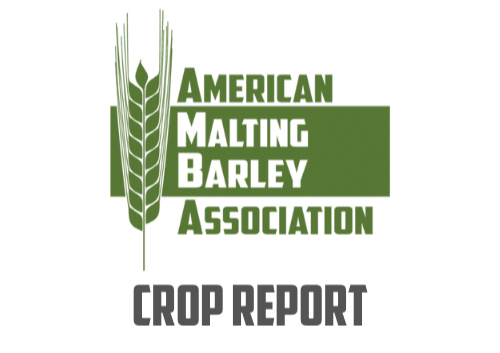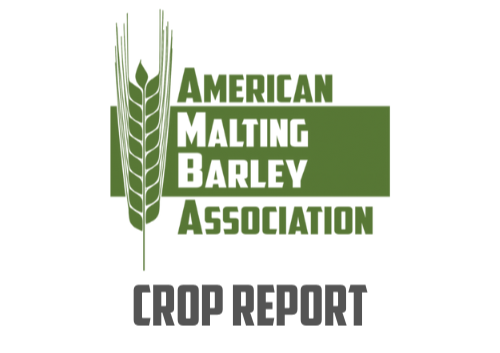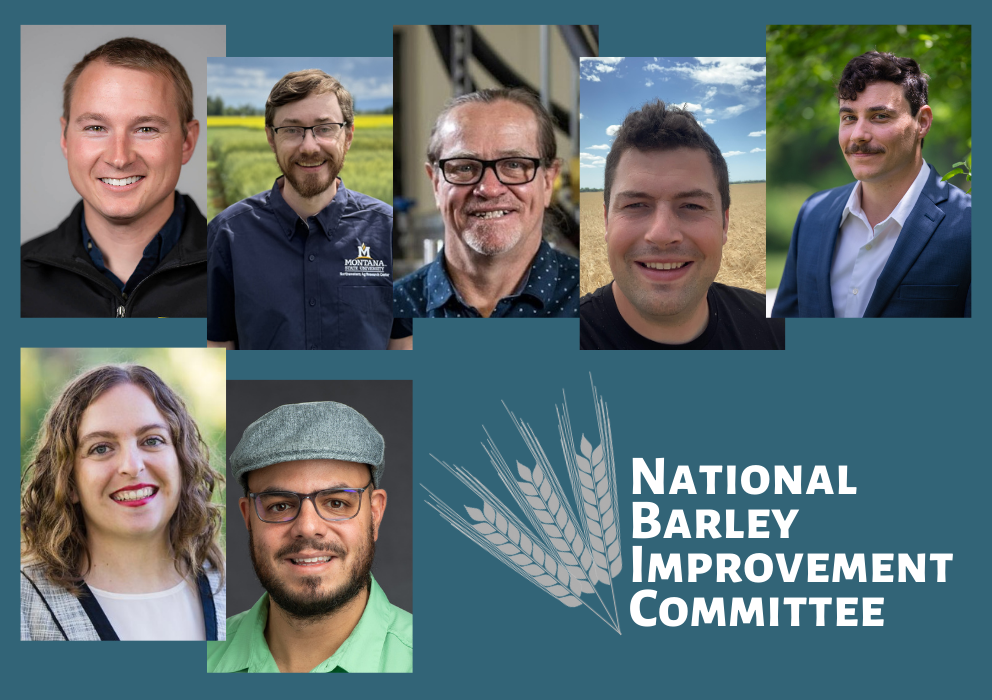
Investments planned for the barley malt quality lab
Article contributed by Dr. Jason Walling, Chris Martens, and CCRU Staff In 1948, the USDA Barley Malt Laboratory opened at 501 Walnut St., Madison, Wisconsin and in 1983, merged with the USDA National Oat Quality Lab to become the Cereal Crops Research Unit (CCRU). In the fall of 2006, the CCRU moved across the street to the newly built USDA facility at 502 Walnut St. The mission of the CCRU is to 1) conduct basic research on the biological processes affecting the growth and development of cereal grains as it relates to the phenotypic traits of commercial value, 2) evaluate these findings for potential applications to improve cereal quality through germplasm development or altered production practices, and 3) provide support for malting barley research programs within Agricultural Research Service (ARS) and at State Agricultural Experiment Stations across the nation. The Malt Quality lab is currently staffed with six full-time research technicians. On an annual basis, they intake 5,000-6,000 barley samples from cooperating researchers, malt the barley under standardized protocols, and return the resulting malt quality data. During the past 10 years, existing funds were used to increase malting capacity as well as upgrade and replace outdated or failing machines. Included in these acquisitions were two additional Skalar machines with auto-samplers for measuring enzyme, color, FAN, and beta-glucan; an upgraded Leco for measuring nitrogen and two additional 25-sample mash bathes. Approximately $90,000 worth of custom manufactured “half-size” malting cans were fabricated in 2019, increasing sample throughput without acquisition of extra germinators, steep tanks or another kiln. The aging micro-malting equipment, however, has made it increasingly challenging to achieve timely and consistent malting of samples. The newest of four germinators was built in 1990, with the others considerably older. Frequent cooling system breakdowns have happened over the past 10 years, increasing downtime and expenses. The steep tanks do not drop samples into the chambers consistently. At best, this complicates the steeping phase, and it may necessitate re-malting barleys, which slows progress. This year, the Lab received close to $1,000,000 from USDA-ARS to rebuild the Malting Lab equipment. Integrated Process Engineers and Constructors, Inc. (IPEC, Fort Atkinson, WI) were awarded the contract to refurbish the machines and maximize efficiency of the chiller to serve the steep water and germinators. In addition, IPEC will enhance automation of sample immersion into the steep tanks. Fortunately, the kiln, built by Standard Industries in 2006, is still working well and does not need refurbishment. Finally, the system monitoring software, MetaSYS, will be replaced with a more user friendly and functionally improved proprietary software. The upgrade is expected to take 6-8 months, though the lab intends to continue malting through the upgrade, albeit at a reduced capacity. We are optimistic the upgrades and fortifications made to the lab will allow it to run more efficiently and provide timely and reliable malt quality data for years to come.





.png)



